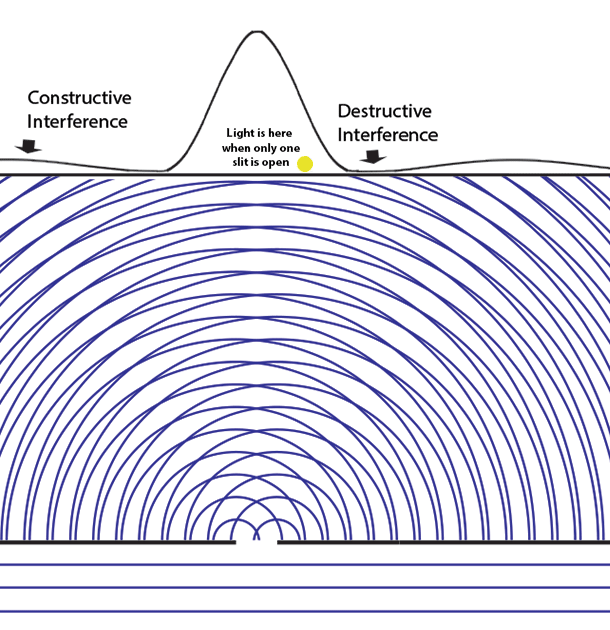Today (February 1, 1958) is the Memorial
Day of Nobel laureate Clinton Joseph Davison, who discovered that electrons
have the same interference effect as light waves.
Clinton Joseph Davisson was born on October 22, 1881, in Bloomington, Illinois, USA. He graduated from Bloomington High School in 1902. He also received a scholarship to the University of Chicago. On the recommendation of Robert A. Milligan, in 1905 Davison was appointed Physics Instructor at Princeton University. He received his P.S. He graduated from Chicago in 1908. Mainly teaching at Princeton, working over the summer, he did his doctoral research with Owen Richardson. He received his PhD. In Physics from Princeton in 1911. In the same year, he married Richardson's sister Charlotte.
Davison was later appointed assistant professor at the Carnegie Institute of Technology. In 1917, he took leave from Carnegie to do war-related research with the engineering department of the Western Electric Company (Bell Telephone Labs). At the end of the war, Davison accepted a permanent position at Western Electric. He found that his teaching responsibilities at the Carnegie Institute largely prevented him from doing research. Davison was a Western Electric (Bell Telephone) until his formal retirement in 1946. He later accepted the appointment of research professor at the University of Virginia. It continued until his second retirement in 1954.


The difference is a characteristic effect if a wave occurs over a hole or an adhesion. And is closely related to the meaning of wave motion. In the 19th century, a contrast to ripples on the surface of light and liquids was well established. In 1927, while working at Bell Labs, Davison and Lester Germer performed an experiment. Nickel shows that the electrons on the surface of a crystal are different. This famous Davison-Germer experiment confirmed the De Brockley hypothesis. This is because the particles of matter have a wave-like nature. This is the central principle of quantum mechanics. In particular, observing their variation allowed the first measurement of the wavelength for electrons. The measured wavelength was well accepted by Lambda de Brockley's equation. lambda = h / P, where h is Planck's constant and p is the momentum of the electron.
While doing his graduate work at Princeton, Davison met his wife and life partner, Charlotte Sarah Richardson. He visited his brother Professor Richardson. Richardson was the brother-in-law of Oswald Webvan, a prominent mathematician. He shared the Nobel Prize with Giorgio Bake Thompson in 1937 for his discovery that electrons have an interference effect like light waves. Nobel laureate Clinton Joseph Davison passed away on February 1, 1958, in Virginia, the USA at the age of 76. Davison was named by the IAU in 1970 after an impact crater far from the moon.
Source By: Wikipedia.
Information: Dr. P. Ramesh, Assistant Professor of Physics, Nehru Memorial College, Puthanampatti, Trichy.
Get information like this
https://t.me/joinchat/jpqj3jQLN51kYTk9
Join Telegram Group.
https://chat.whatsapp.com/FisIzCe4Br2CRgxAiicUnf
Join WhatsApp Group
Thanks.
Also, Read
🛑👍 CSIR-NET Physics Materials and Problems
🛑📕 21 GB and Hundreds of Physics E-Books Collection.
🛑🛥️ How does an Electric Motor work? (DC Motor).
🛑🤹♂️ Science Academies' Summer Research Fellowship Programme for Students and Teachers 2022.
🛑🔌 How does a Transformer work - Working Principle electrical engineering.
🛑🎙️ Transistors Explained - How transistors work.
🛑🔥⚡ How Thermocouples Work - basic working principle.
🛑🔌 Voltage Explained - What is Voltage? Basic electricity potential difference
🛑🔌 What is CURRENT– electric current explained, electricity basics.








No comments:
Post a Comment